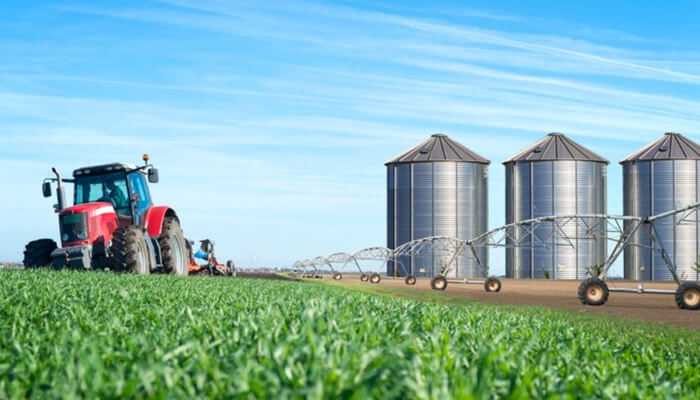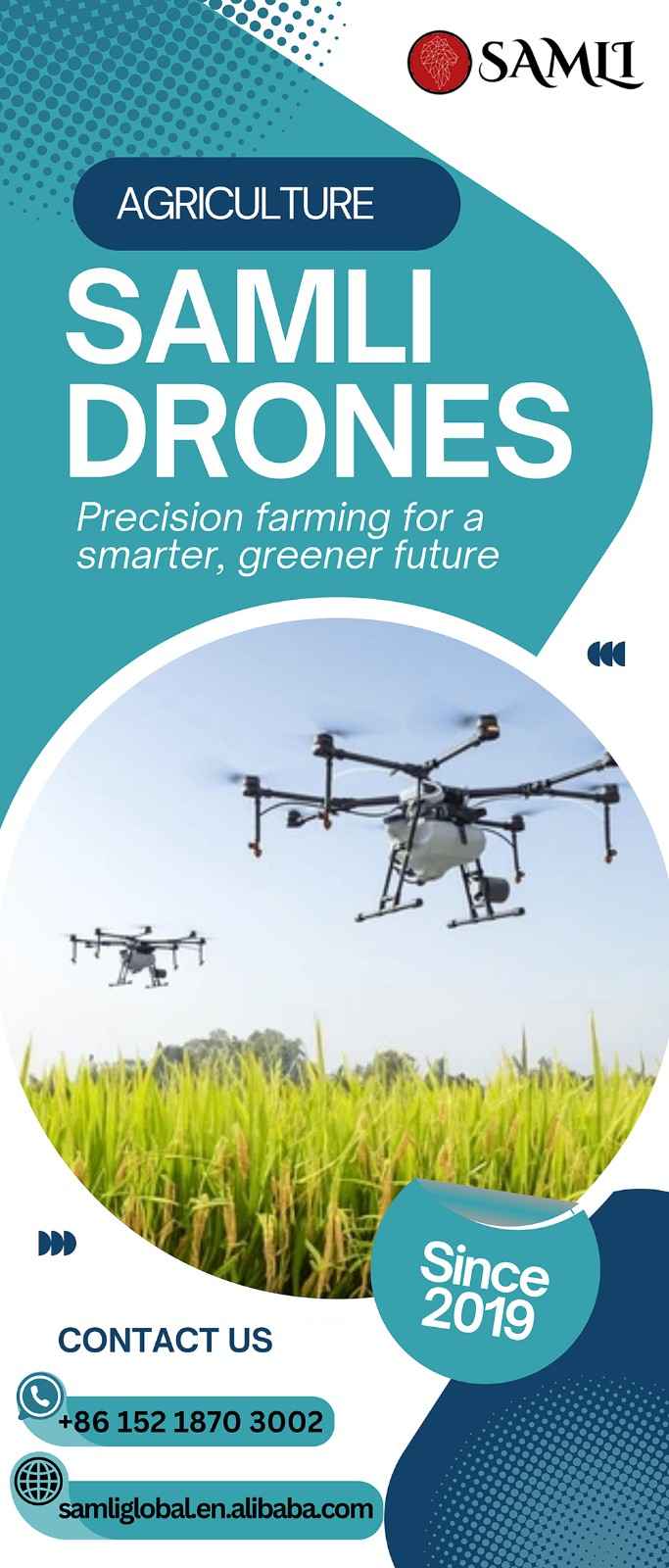Revolutionizing Small-Scale Farming: How Cost-Effective Grain Management Drives Growth and Sustainability
Grain management software is no longer an extravagance enjoyed only by large-scale farms and multinational corporations. It is the small-scale farmers who are now discovering how these inexpensive digital solutions are changing their day-to-day operations. Grain management software enables farmers to track harvests, reduce losses, as well as coordinate storage in an effective way, giving even the smallest farms the power to take over the grain cycle.
1. Mitigating Post-Harvest Losses:
Small farmers’ biggest issue is loss of grain post-harvest. In the absence of proper monitoring and tracking of storage conditions, the grains can easily spoil due to moisture or pests. Low-cost grain management systems try to fight this by alerting farmers to storage issues in advance. They can track temperature, humidity, and stock real-time, something that was nearly impossible before. This reduces grain wastage, enabling farmers to protect what they have strived so hard to get.
2. Supporting Better Pricing Decisions:
Timing is crucial to acquire the optimal price for grains. Small farmers tend to sell in a hurry at the end of harvest due to insufficient tracking or fear of spoilage. Grain management software aids in postponing hasty sales. With reliable information regarding what is stocked and its condition, farmers can wait for optimal market prices. This adaptability results in improved income without requiring a large storage facility or costly consultancy.
3. Enhancing Seed Choice and Yield Monitoring:
Seed selection begins from planting time. New systems assist smallholders with tracking what seed varieties they planted and what yields they harvested. With time, this enables them to know what performs well in their soils. The software can monitor which parcels performed better in the field and what methods yielded better. In this manner, farmers are continually learning and adjusting without depending on trial and error.
4. Saving Time and Reducing Manual Labour:
Small farmers do not have much labour and cannot spare hours of manual verification of storage. Grain management systems make everyday work easy. A farmer can verify inventory, schedule deliveries, or change grain status with just a mobile phone or simple dashboard. This saves valuable time that can be spent on the field or elsewhere. Less manual effort also results in fewer mistakes and less pressure during peak harvest time.
5. Assisting Compliance and Safety:
Selling grain to cooperatives or foreign markets in most areas involves adherence to some rules and quality requirements. Small farmers might struggle with meeting paperwork and compliance needs. Low-cost grain systems facilitate tracking at every point of the grain’s journey, and it is thus simpler to demonstrate the quality and safety of the grain. This creates new market opportunities and establishes confidence among buyers.
6. Fostering Adoption of New Practices:
When small farmers start utilizing digital grain systems, it tends to generate interest in other new practices. They might start employing mobile apps for weather monitoring, tracking pests, or maintaining soil health. The process of witnessing tangible outcomes from grain software instills trust in other digital tools as well. It gives them a mindset of development and advancement, making technology approachable.
7. Reducing Reliance on Middlemen:
Previously, the smallholders depended on middlemen to market their grain. The intermediaries would give them less than market prices and capture most of the profit. Grain management systems give farmers the power of information regarding their inventory, timing of the market, and storage. This makes them negotiate better prices or sell directly to consumers or cooperatives. Consequently, they maximize more value from their crops and increase their earnings.
8. Supporting Women and Family Farms:
Women in most rural areas have a significant responsibility for running farms, particularly post-harvest activities. Grain management software is easy to use and can be operated by anyone regardless of little technical experience. Women farmers enjoy increased organization, better tracking, and financial planning, enabling them to have greater control and authority over farm decisions. Family-owned farms are more effective when everyone is engaged and informed.
9. Offering Knowledge in Difficult Times:
Droughts, floods, and surprise market crashes can place tremendous pressure on smallholders. In such situations, information becomes a lifeline. Grain software indicates precisely what is in supply, what can be sold, and what can be stored. It assists farmers in making fast and intelligent choices without freaking out. Access to reports also assists in requesting relief funds, as farmers can offer precise evidence of damage or loss.
10. Strengthening Farmer Cooperatives:
Most small farmers come together in cooperatives to enhance their market access. Grain management systems enhance the efficiency of such cooperatives. They are able to monitor shared storage, coordinate collective sales, and exchange information easily among the members. Such openness fosters trust and enables enhanced coordination. It also enables cooperatives to negotiate improved prices with buyers since they have well-organized, verifiable information on the stock.
11. Creating New Business Opportunities:
When small farmers learn grain management tools, new opportunities arise. Some begin providing grain storage service to others in their area. Others become local instructors or assist cooperatives in managing community storage. This generates income outside of customary farming. Grain software skills learned can even be transferred to other applications such as livestock tracking or irrigation systems, which broadens the farmer’s contribution to the rural economy.
12. Giving Farmers a Voice:
In most agricultural areas, small farmers are excluded from development or policy conversations because they have no documentation or data. Grain management tools provide them with a means of entry. When farmers can present data on their harvests, losses, and revenues, they have a voice. It assists local leaders, NGOs, and government programs in knowing their actual issues and assisting them better.
13. Unlocking the Power of Data:
Data has come to be referred to as the new currency, and even small-scale farmers can gain from it. With low-cost grain management tools, each grain is made traceable, and each choice made data-informed. Such tools transform day-to-day farming into an efficient operation. Gradually, this results in stronger farms, improved communities, and a more robust farming culture.
In conclusion, small farmers cannot afford to lag in the rapidly evolving world of agriculture today. Inexpensive grain management systems are more than gadgets—they are bridges to a bolder, wiser future. By providing smallholders with the power to control their yields, these systems enhance income, mitigate waste, and allow for wiser choices. Above all, they bring farmers into the mainstream supply chain management in agriculture, making them active, empowered players in the global food economy.




